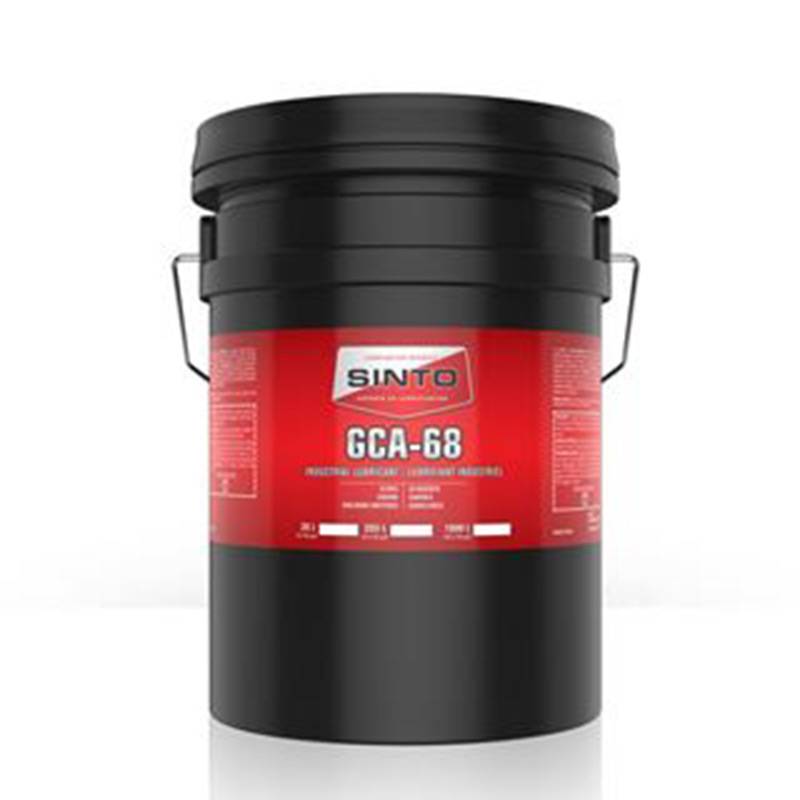12 月 . 03, 2024 16:17 Back to list
Comparison of Gate Valves and Globe Valves in Industrial Applications
Understanding Gate Valves and Globe Valves A Comparative Analysis
Valves are essential components in various piping systems, responsible for controlling the flow of fluids. Among the many types of valves, gate valves and globe valves are two of the most commonly used. Although both serve the primary function of regulating flow, their designs, operational characteristics, and applications differ significantly.
Gate Valves Design and Functionality
Gate valves are designed with a solid wedge gate that opens or closes to control fluid flow. When fully open, the gate valve provides a straight-through path, resulting in minimal resistance to the flow. This design is advantageous in applications where unobstructed flow is required, such as in water supply systems and large-scale industrial processes.
One of the most significant benefits of gate valves is their ability to maintain a low pressure drop when fully opened, making them ideal for systems where fluid flow rate is paramount. However, because a gate valve does not allow for throttling, it is not suitable for applications where flow regulation or control is necessary. When partially opened, a gate valve can create turbulence and cavitation, potentially damaging the valve and the piping system.
Gate valves are also characterized by their straightforward design, typically featuring a rising or non-rising stem. The rising stem indicates the valve's position, as it moves upward when the valve opens. This feature is particularly useful in large installations where monitoring valve status is essential.
Globe Valves Design and Functionality
gate valve and globe valve

In contrast, globe valves are designed with a spherical body and a movable disk or plug that regulates flow. This design allows for excellent throttling capabilities, making globe valves suitable for controlling flow rates in various applications, including heating systems, chemical processing, and water treatment.
Globe valves create higher pressure drops due to their internal structure, which causes a change in flow direction. While this can be a disadvantage in some cases, it also enables precise flow control, which is crucial in systems requiring specific flow rates and pressure management. The ability to throttle flow makes globe valves a preferred choice in situations where control is necessary, even if it comes at the cost of efficiency.
Applications and Considerations
When choosing between gate valves and globe valves, it is essential to consider the specific requirements of your application. Gate valves are often selected for on/off services where flow regulation is not needed. They are commonly used in water supply, sewage, and other applications where a straight flow path is critical.
On the other hand, globe valves are chosen for their throttling capabilities. They are ideal for processes requiring regular adjustments to flow or pressure, such as in heating systems or chemical applications where precise control is paramount.
Conclusion
Both gate valves and globe valves play crucial roles in fluid control and management across various industries. Gate valves excel in applications where minimal flow resistance is essential, while globe valves provide superior control capabilities. Understanding the differences between these two types of valves enables engineers and operators to select the most suitable valve for their specific needs, ensuring efficiency, reliability, and safety in fluid management systems. As industries continue to evolve, the importance of choosing the right valve type will remain a critical factor in optimizing system performance and longevity.
-
Y Type Strainers: A Comprehensive GuideNewsOct.18,2024
-
Understanding Water Valve Options for Your NeedsNewsOct.18,2024
-
Functions and TypesNewsOct.18,2024
-
An Essential Component for Fluid SystemsNewsOct.18,2024
-
Adjustment and ReplacementNewsOct.18,2024
-
Slow Closing Check Valves: A Key Component in Fluid SystemsNewsOct.08,2024
Related PRODUCTS









